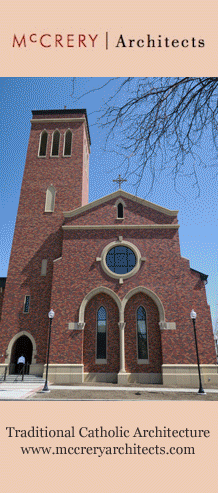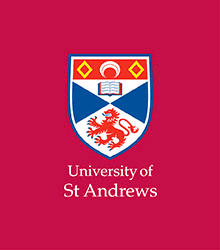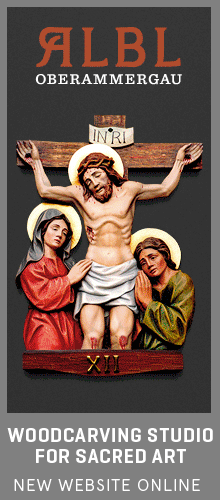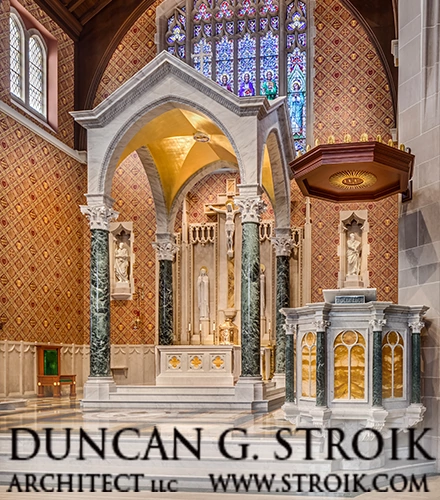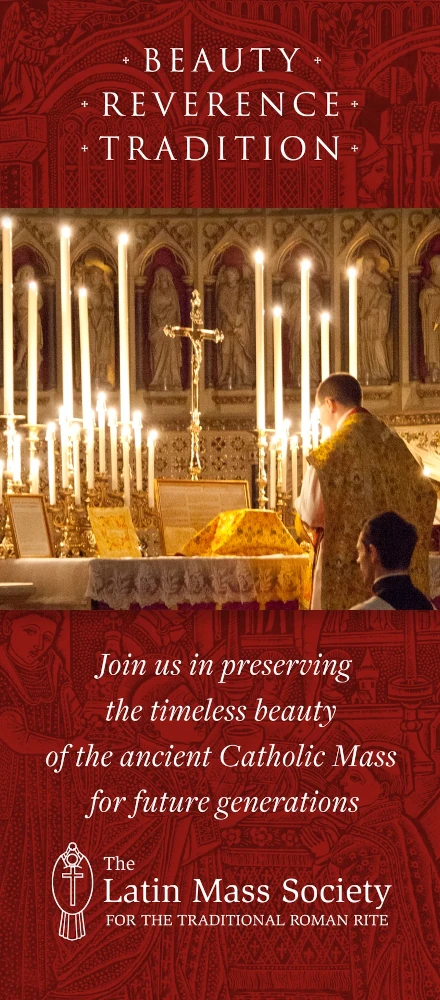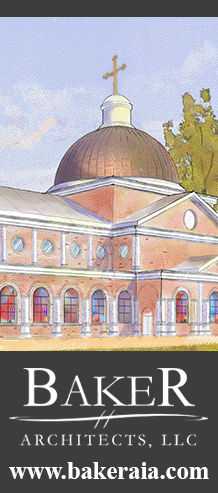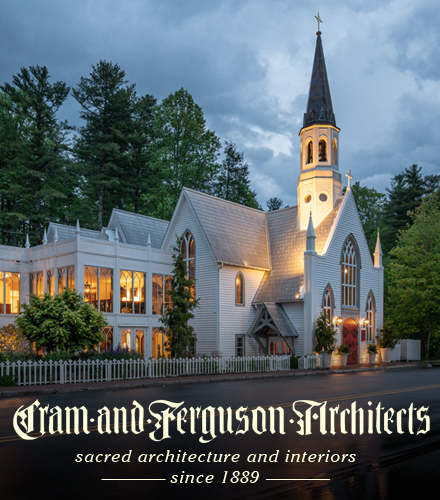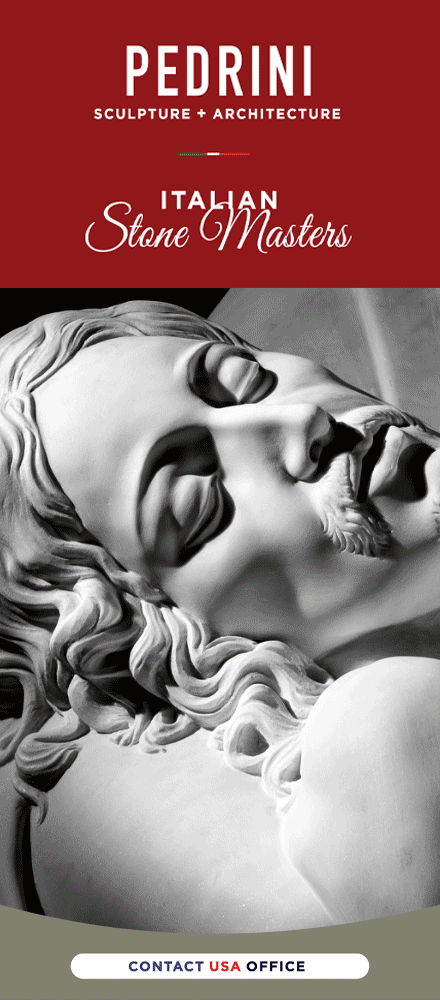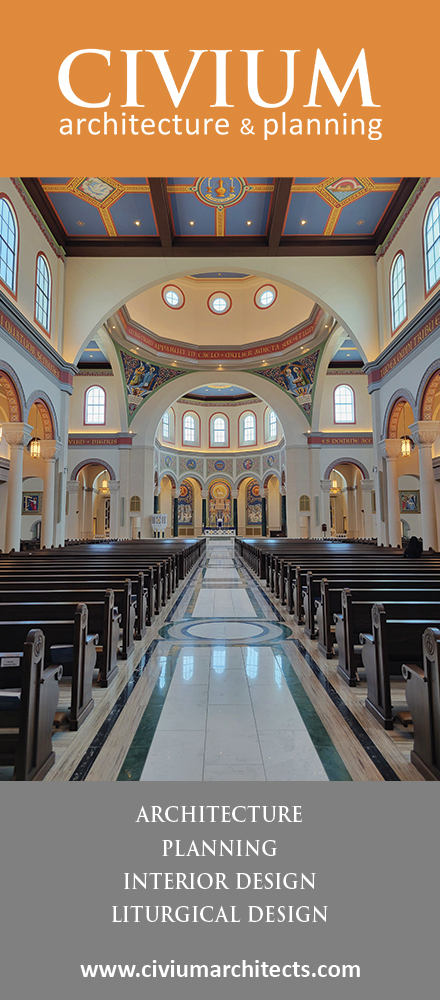[I shall have to pick up a copy of Amerio's book at some point.]
(Source: Chiesa)
A Great Reunion: Romano Amerio and the Changes in the Catholic Church
by Sandro Magister
ROMA, November 15, 2007 – Among the new developments at "L'Osservatore Romano," now directed by professor Giovanni Maria Vian, there is one that concerns a thinker of exceptional prominence in the Catholic culture of the twentieth century: Switzerland's Romano Amerio, who died in Lugano in 1997, at the age of 92.
In 1985, when Amerio published his masterpiece entitled "Iota unum. Studio delle variazioni della Chiesa cattolica nel secolo XX [Iota Unum: A Study of Changes in the Catholic Church in the Twentieth Century]," the newspaper of the Holy See scrapped the review of the book commissioned by the prefect of the Ambrosian Library at the time, Fr. Angelo Paredi. The review was judged as too favorable, and "L'Osservatore" chose to be silent about the book from then on. So even the Vatican authorities joined in the intolerant silence that everyone was heaping upon the book and its author.
Now "L'Osservatore Romano" has reversed course. It has decided, not to remain silent about Amerio, but to speak. And to speak well of him.
The occasion was a conference on Amerio held on November 9 by the Centro Studi Oriente Occidente in Ancona, ten years after the death of the great Swiss thinker.
The fundamental question that Amerio posed in "Iota Unum" – and in his next book, "Stat Veritas," published posthumously in 1997 – is the following:
"The entire question about the present condition of the Church is summed up in these terms: has the essence of Catholicism been preserved? Do the changes introduced sustain it through the variation of circumstances, or do they turn it into something else? [...] Our entire book is a collection of proofs of these changes."
Amerio was ostracized as an emblem of the "anticonciliar reaction," but in reality the question that he posed with philological and philosophical rigor, with rare freedom of spirit and at the same time in complete obedience to the Church, is a question that will not permit itself to be locked away or eliminated.
The point of no return was Benedict XVI's address to the Roman curia, on December 22, 2005, which centered upon the correct interpretation of the "variations" in the Church before and after Vatican Council II.
After that key address, remaining silent about Amerio could be pardoned no longer. A first indication of the readmission of the Swiss thinker into the Church's public "agorà" came last April, with a positive review in "La Civiltà Cattolica" - the magazine of the Rome Jesuits, printed after inspection by the Vatican authorities - of a book by his disciple Enrico Maria Radaelli: "Romano Amerio. Della verità e dell'amore [Romano Amerio: On Truth and Love]."
But now, it is "L'Osservatore Romano" that is definitively breaking the silence. On Saturday, November 10, the pope's newspaper, in addition to highlighting the conference in Ancona, published the conclusions of one of the conference speakers and an admirer of Amerio's, archbishop Agostino Marchetto, with the title "For a correct interpretation of Vatican Council II."
And not only that. In a commentary initialed by Raffaele Alessandrini, "L'Osservatore Romano" expressed appreciation for Amerio's foresighted criticism of the "process of secularization underway, even within the Christian world" and of "the risks of rampant relativism." He advanced this criticism in the name of the "primacy of truth over love," one of the pillars of Amerio's thought, the subversion of which, Alessandrini writes, increasingly reveals itself as a "subtle deception," the confused equation of all religions, or worse, "an attack on Christ, the Word of God made man, the Logos." In short: "Only the truth brings freedom, not the other way around." Even a Catholic as far away from Amerio as Fr. Lorenzo Milani, Alessandrini furthermore writes, shared his "primacy of truth over love," and had understood that this "order" forms the basis of the Church's fidelity to its original essence.
Various scholars discussed Amerio at the Ancona conference, from a variety of angles: his disciple and the editor of his works, Radaelli, the metaphysical philosophers Matteo D'Amico and Dario Sacchi, of the Catholic University of Milan, Mgr. Antonio Livi of the Pontifical Lateran University, Pietro De Marco of the University of Florence, and Fr. Pietro Cantoni, a former member of the Fraternity of Saint Pius X and a teacher at the Theological Studio of the dioceses of Tuscany.
The only one who never cited Amerio by name in his address was archbishop Agostino Marchetto, who spent thirty years in the pontifical diplomatic corps and today is secretary of the pontifical council for the pastoral care of migrants and itinerant people. But as a Church historian, Marchetto is author of very critical reviews of the exaltation of Vatican Council II as a "rupture and new beginning," as expressed by the "Bologna school" founded by Fr. Giuseppe Dossetti and Giuseppe Alberigo: an exaltation that is the polar opposite of Amerio's analyses of the Catholic Church in the twentieth century.
Here below is reproduced the complete text of archbishop Marchetto's address at the conference in Ancona on Amerio, constructed in large part for the purpose of demolishing the interpretation of Alberigo and his followers.
But the controversy doesn't end there. In the next issue of "Cristianesimo nella storia," their official magazine, the scholars of the "Bologna school" will take up the defense of their interpretation of Vatican Council II.
From previews leaked out by Joseph A. Komonchak and Alberto Melloni, it can be guessed that they will try to draw Benedict XVI over to their side, recalling his promise to leave "his conciliar documentation to the Bologna institute."
But they will hurl new barbs against Marchetto and cardinal Camillo Ruini. They do not forgive the latter's public support for the former's criticism of the "History of Vatican II" directed by Alberigo. Ruini has gone so far as to say:
"The interpretation of the Council as a rupture and a new beginning is coming to an end. This interpretation is very feeble today, and has no real foothold within the body of the Church. It is time that historiography produced a new reconstruction of Vatican II that is, at the same time, a truthful story."
The same truth to the primacy of which Romano Amerio dedicated his entire life as a scholar and as a Catholic.
Thursday, November 15, 2007
Two Articles by Sandro Magister: Article 1, On Romano Amerio
Shawn TribeMore recent articles:
Good Friday 2025Gregory DiPippo
The table of the Epitaphios at the end of Vespers today at St Anthony the Abbot, the Russian Greek-Catholic church in Rome.For how shall we be able to know, I and thy people, that we have found grace in thy sight, unless thou walk with us, that we may be glorified by all people that dwell upon the earth? And the Lord said to Moses: This word also, ...
Desacralizing LentMichael P. Foley
Christ in the Desert, 1898, by Breton RivièreI have been enjoying Peter Kwasniewski’s new book Close the Workshop, which argues that the old rite did not need to be fixed and that the new rite cannot be fixed. To support his argument, Kwasniewski begins with an analysis of the Second Vatican Council’s Constitution on the Liturgy, Sacrosanctum Conci...
Holy Thursday 2025Gregory DiPippo
Thou, o Lord, didst command us to be partakers of Thy Son, sharers of Thy kingdom, dwellers in Paradise, companions of the Angels; ever provided we keep the sacraments of the heavenly host with pure and undefiled faith. And what may we not hope of Thy mercy, we who received so great a gift, that we might merit to offer Thee such a Victim, namely, t...
The Chrism Mass: Tradition, Reform and Change (Part 2) - Guest Article by Abbé Jean-Pierre HermanGregory DiPippo
This is the second part of an article by Fr Jean-Pierre Herman on the blessing of oils, which is traditionally celebrated at the Mass of the Lord’s Supper, and the recent reforms thereof; the first part was published on Tuesday. The French original was published on Sunday on the website of the Schola Sainte-Cécile as a single article. Fr Herma...
Spy Wednesday 2025Gregory DiPippo
It is worthy and just that we should always give Thee thanks, Lord, holy Father, eternal and almighty God, through Jesus Christ, Thy Son, our Lord, Who willed to suffer for the impious, and be unjustly condemned for the wicked; Who forgave the praying thief his crime, promising him Paradise by His most agreeable will, Whose death wiped away our cri...
The Chrism Mass: Tradition, Reform and Change (Part 1) - Guest Article by Abbé Jean-Pierre HermanGregory DiPippo
We are very grateful to Fr Jean-Pierre Herman for sharing with us this important article about the Chrism Mass and its recent reforms. The French original was published two days ago on the website of the Schola Sainte-Cécile as a single article; it will be published here in two parts. Fr Herman is professor of liturgy at the Good Shepherd Institute...
The 2nd Adeodatus Conference on Catholic Education, June 18-21 at Belmont Abbey CollegeDavid Clayton
Find out more and register here.This four-day gathering brings together educators, scholars, and Catholic thought leaders to explore the integral formation of students and teachers in mind, body, and spirit. Each day will focus on a distinct theme, beginning with Sound Bodies & Keen Minds, addressing topics like memory, mimesis, and freedom fro...
Guest Review of Mons. Stefan Heid’s Altar and Church: Principles of Liturgy from Early ChristianityGregory DiPippo
We are grateful to Dr Michael Coughlin, Professor of Theology at Saint John’s Seminary in Boston, for sharing with NLM this review of Monsignor Stefan Heid’s book Altar and Church: Principles of Liturgy from Early Christianity. Mons. Heid is a priest of the archdiocese of Cologne, Germany; he has taught liturgy and hagiography at the Pontific...
A Liturgical Oddity of Holy MondayGregory DiPippo
In the Missal of St Pius V, there is a very small number of days on which two Scriptural lessons are read before the Gospel: the Wednesdays of the Embertides, of the fourth week of Lent and Holy Week, and Good Friday. As I have described elsewhere, these readings are actually part of a block which is inserted into the Mass between the Kyrie and the...
Palm Sunday 2025Gregory DiPippo
Thou didst incline the heavens, and come down to the earth as one merciful. Thou didst not leave the throne of the Cherubim, Thou sat upon a colt for our sake, o Savior of the world! And the children of the Hebrews came to meet Thee, and taking palms in their hands, they blessed Thee: “Blessed art Thou who hast come to the Passion of Thy own ...


